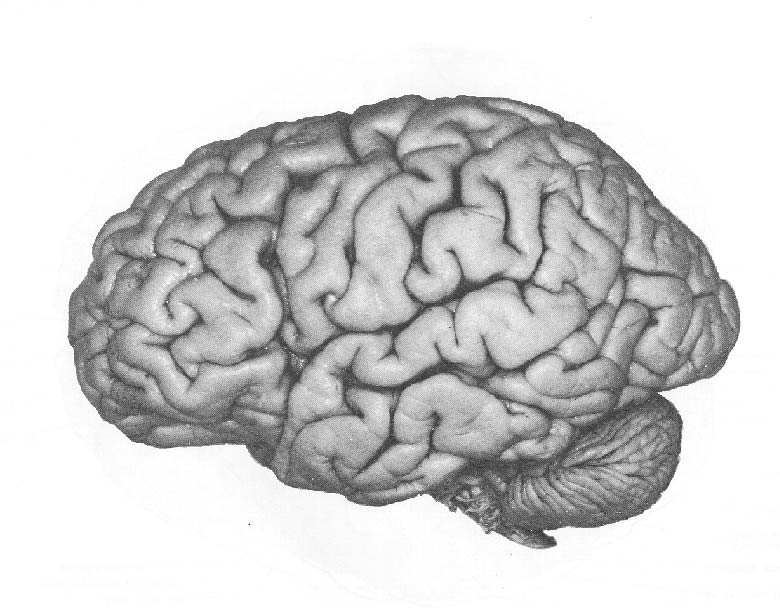


The Myelencephalon (or medulla) is the posterior portion of the brain stem. Not surprisingly then, the medulla is composed largely of tracts carrying signals between the rest of the brain and the body. An interesting part of the myelencephalon from a psychological perspective is the reticular formation. It is a complex network of about 100 tiny nuclei that occupies the central core of the brain stem from the posterior boundary of the myelencephalon to the anterior boundary of the midbrain. It is so named because of its netlike appearance (reticulum means "little net"). Sometimes the reticular formation is referred to as the reticular activating system because parts of it seem to play a role in arousal. The various nuclei of the reticular formation are involved in a variety of functions, however — including sleep, attention (definitely important for language), movement, the maintenance of muscle tone, and various cardiac, circulatory, and respiratory reflexes. Accordingly, referring to this collection of nuclei as a system can be misleading. Generally, the myelencephalon does not play an important role in language production or comprehension.
Go to Menu (for non-frame version.)
© 2000 Rice University. This document, or any portion hereof, may be used for non-commercial informational purposes only. Any copy of this document, or portion hereof, must include the copyright notice (http://www.rice.edu/about/cr-notice.html) in its entirety.